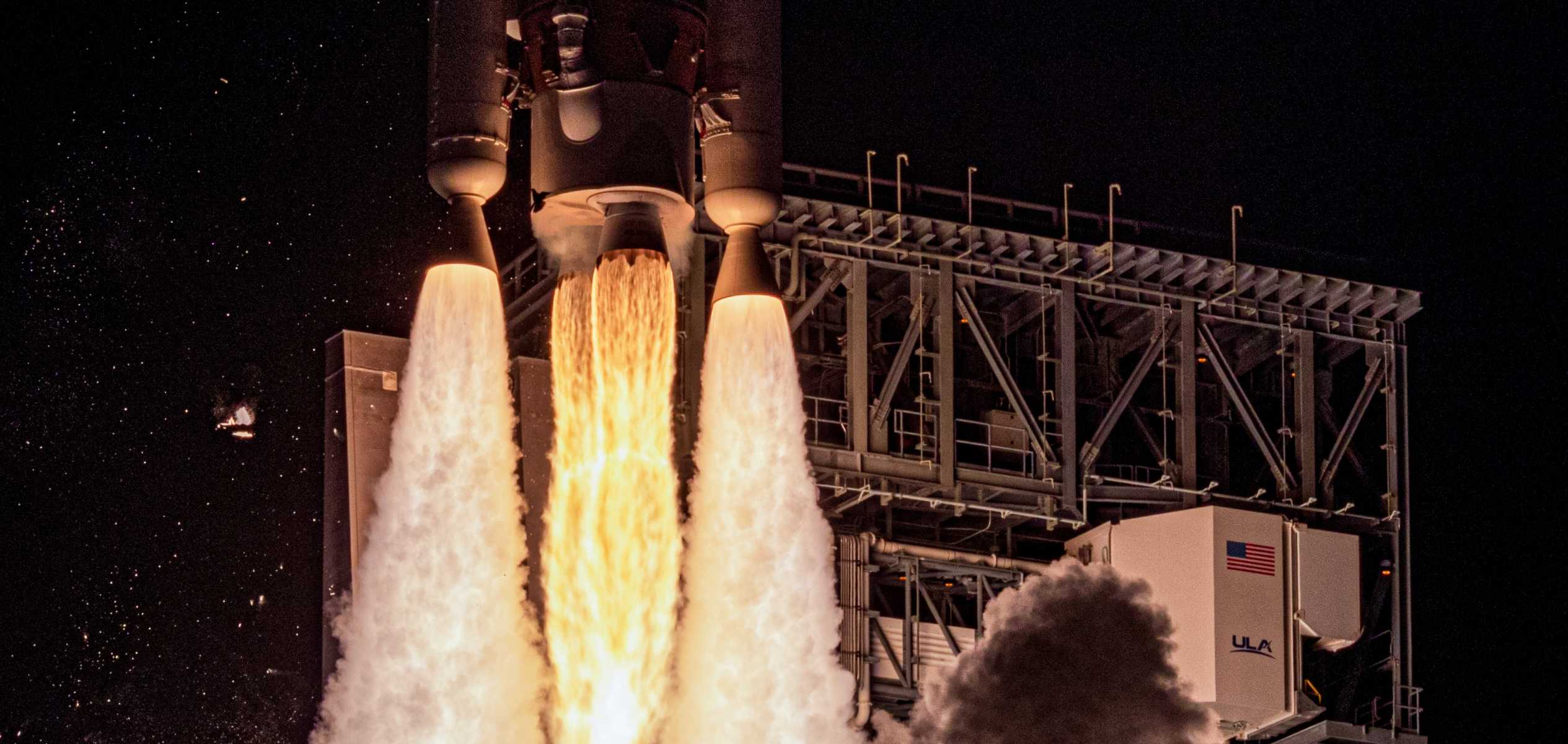
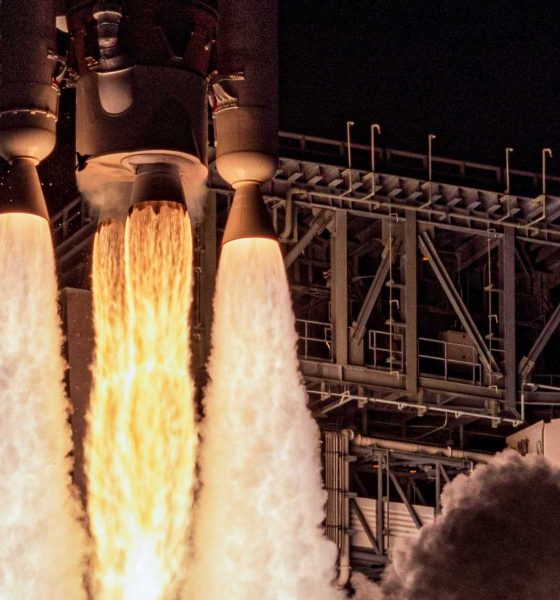
News
Boeing's astronaut capsule flies off course, fate uncertain after launch debut
Roughly 30 minutes after lifting off for the first time on a United Launch Alliance (ULA) Atlas V rocket, Boeing’s Starliner crew capsule suffered a major failure when it attempted to raise its orbit with onboard engines.
A few hours after the failure came to light, NASA and Boeing held a press conference to update members of the media on the situation, with the space agency offering some candid – if a bit odd – insight into Starliner’s anomalous launch debut. Before the spacecraft’s software threw a wrench into the gears, the plan was for Starliner to separate from ULA’s Atlas V Centaur upper stage and use its own thrusters to reach orbit and begin the trek up Earth’s gravity well to the International Space Station (ISS).
While it will likely take weeks or even months for Boeing and NASA to determine exactly what went wrong during the mission, preliminary information has already begun to paint a fairly detailed picture.
Around 15 minutes after liftoff, Starliner separated from the rocket as intended but it appears that things began to go awry almost immediately afterward. Most notably, according to NASA administrator Jim Bridenstine’s tweets and later comments, a very early look at the telemetry suggests that Starliner’s internal clock was somehow tricked into believing that the time was either earlier or later than it actually was.
Thinking that it was in the midst of a lengthy thruster firing meant to raise its orbit and send the spacecraft on its way to the space station, Starliner was thus focused on ensuring that it was pointed as accurately as possible. Although the space station is the size of a football field, in the vastness of space, rendezvousing with it is a bit like threading a needle. While firing thrusters to do so, spacecraft thus need to point themselves as accurately as possible.
While coasting before or after one of those orbit-boosting thruster firings, Starliner thought it was actually burning towards the space station and was thus very carefully controlling its orientation with a dozen or so smaller thrusters. In short, those unintentional thruster firings burned through a ton of Starliner’s limited propellant supply – enough to make it impossible (or nearly so) for the spacecraft to rendezvous and dock the ISS, a central purpose of this particular launch.
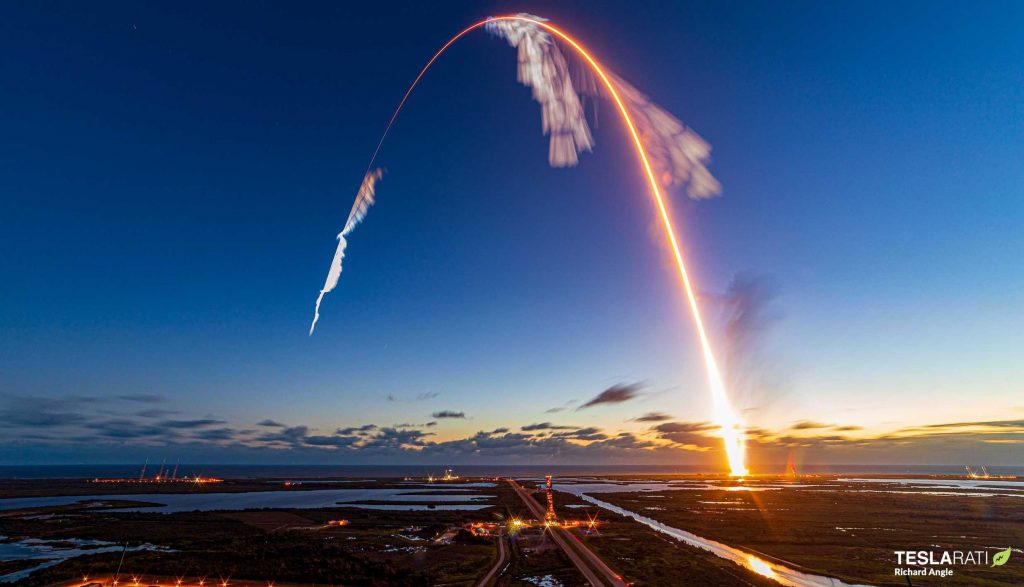
This ultimately means that Starliner is leaning heavily on the “test” aspect of this Orbital Flight Test (OFT), uncovering failure modes and bugs that Boeing was clearly unable to tease out with ground testing and simulation. While in a totally different ballpark, SpaceX similar Crew Dragon spacecraft suffered its own major failure earlier this year, although that capsule explosion occurred during intentional ground testing, whereas Starliner’s software failed during its high-profile launch debut and has severely curtailed the scope of the spacecraft’s first orbital flight test.
In fact, Bridenstine was unable to rule out the possibility that Boeing will have to attempt a second uncrewed orbital flight test (OFT) before Starliner will be qualified to launch the space agency’s astronauts. Although early signs suggest that Boeing will still be able to attempt to deorbit and recover the spacecraft a day or two from now, the fact that Starliner will not be able to perform critical demonstrations of its ISS rendezvous and docking capabilities will make it far harder for NASA to rationally certify the spacecraft for astronaut launches.
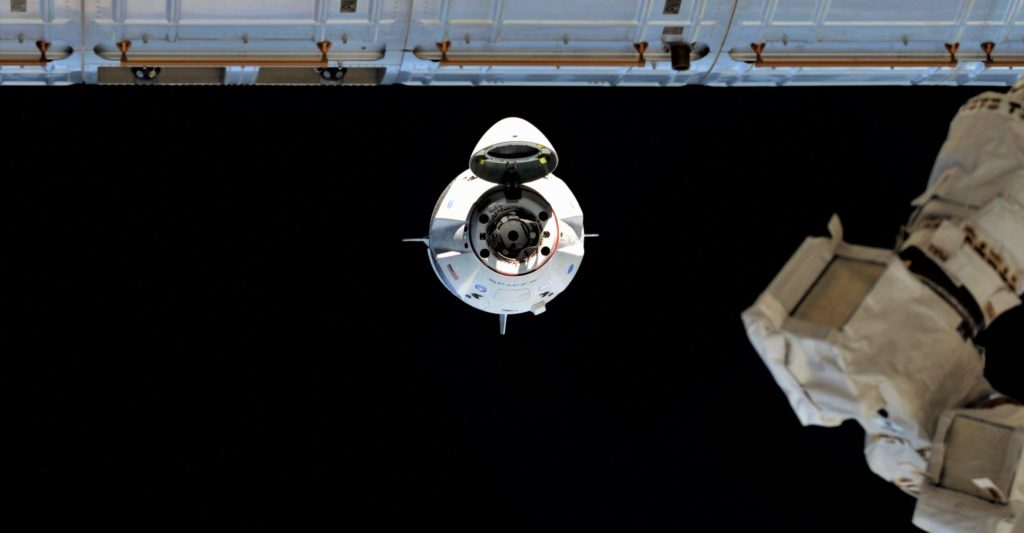
SpaceX’s Crew Dragon, for reference, completed a more or less flawless launch, orbit raise, and rendezvous before docking with the ISS. It’s almost impossible to imagine NASA giving SpaceX permission to proceed immediately into its first astronaut launch if Crew Dragon had failed to reach the proper orbit or dock with the space station.
Regardless, it’s far too early to tell whether Boeing will have to repeat Starliner’s OFT. If Starliner performs absolutely perfectly between now and its planned soft-landing in New Mexico, there might be a chance that NASA will still allow Boeing to effectively cut corners to its astronaut launch debut, but only time will tell.
Check out Teslarati’s Marketplace! We offer Tesla accessories, including for the Tesla Cybertruck and Tesla Model 3.

Elon Musk
Tesla CEO Elon Musk sends rivals dire warning about Full Self-Driving
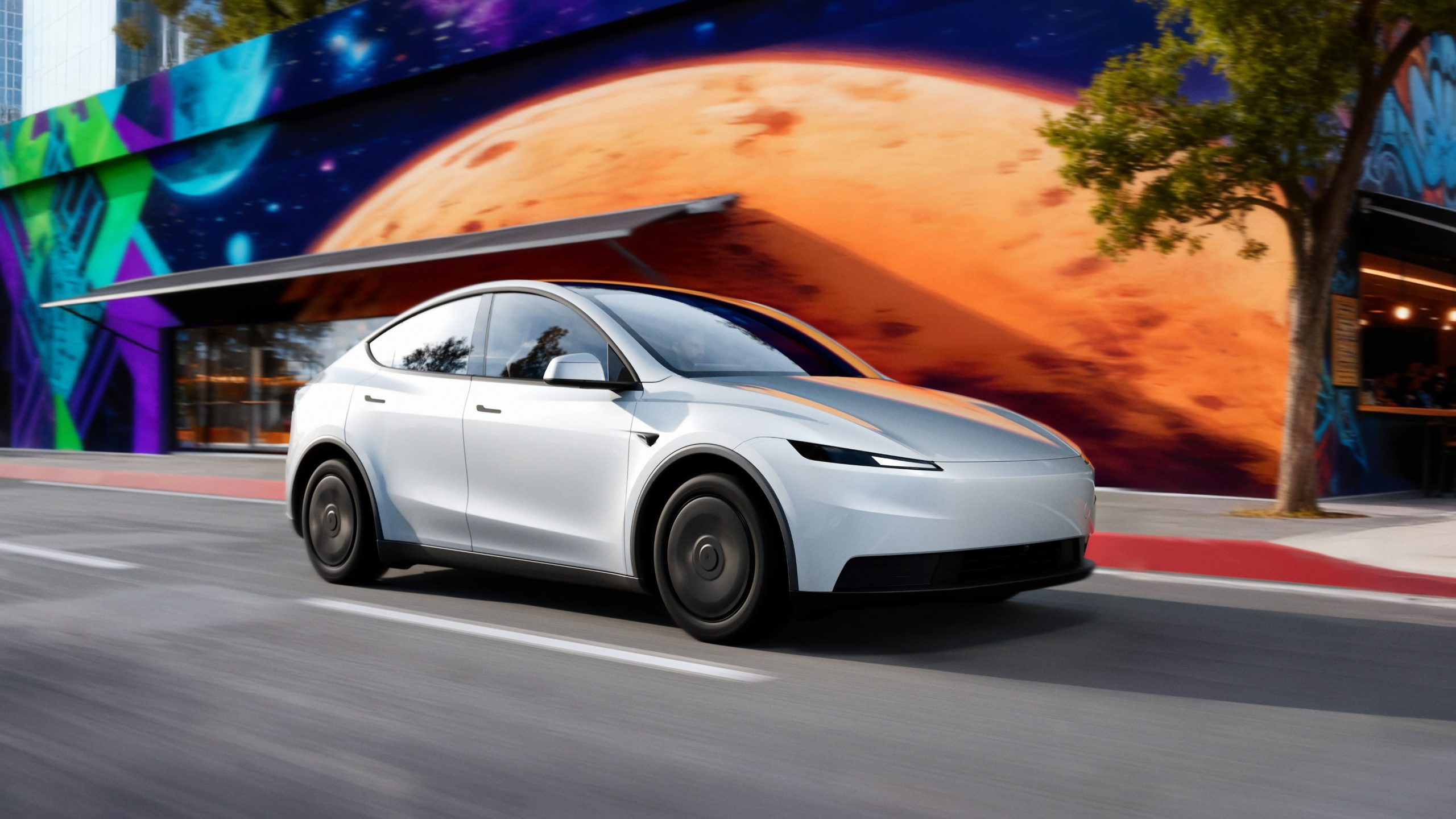
Tesla CEO Elon Musk revealed today on the social media platform X that legacy automakers, such as Ford, General Motors, and Stellantis, do not want to license the company’s Full Self-Driving suite, at least not without a long list of their own terms.
“I’ve tried to warn them and even offered to license Tesla FSD, but they don’t want it! Crazy,” Musk said on X. “When legacy auto does occasionally reach out, they tepidly discuss implementing FSD for a tiny program in 5 years with unworkable requirements for Tesla, so pointless.”
I’ve tried to warn them and even offered to license Tesla FSD, but they don’t want it! Crazy …
When legacy auto does occasionally reach out, they tepidly discuss implementing FSD for a tiny program in 5 years with unworkable requirements for Tesla, so pointless. 🤷♂️
🦕 🦕
— Elon Musk (@elonmusk) November 24, 2025
Musk made the remark in response to a note we wrote about earlier today from Melius Research, in which analyst Rob Wertheimer said, “Our point is not that Tesla is at risk, it’s that everybody else is,” in terms of autonomy and self-driving development.
Wertheimer believes there are hundreds of billions of dollars in value headed toward Tesla’s way because of its prowess with FSD.
A few years ago, Musk first remarked that Tesla was in early talks with one legacy automaker regarding licensing Full Self-Driving for its vehicles. Tesla never confirmed which company it was, but given Musk’s ongoing talks with Ford CEO Jim Farley at the time, it seemed the Detroit-based automaker was the likely suspect.
Tesla’s Elon Musk reiterates FSD licensing offer for other automakers
Ford has been perhaps the most aggressive legacy automaker in terms of its EV efforts, but it recently scaled back its electric offensive due to profitability issues and weak demand. It simply was not making enough vehicles, nor selling the volume needed to turn a profit.
Musk truly believes that many of the companies that turn their backs on FSD now will suffer in the future, especially considering the increased chance it could be a parallel to what has happened with EV efforts for many of these companies.
Unfortunately, they got started too late and are now playing catch-up with Tesla, XPeng, BYD, and the other dominating forces in EVs across the globe.
News
Tesla backtracks on strange Nav feature after numerous complaints

Tesla is backtracking on a strange adjustment it made to its in-car Navigation feature after numerous complaints from owners convinced the company to make a change.
Tesla’s in-car Navigation is catered to its vehicles, as it routes Supercharging stops and preps your vehicle for charging with preconditioning. It is also very intuitive, and features other things like weather radar and a detailed map outlining points of interest.
However, a recent change to the Navigation by Tesla did not go unnoticed, and owners were really upset about it.
For trips that required multiple Supercharger stops, Tesla decided to implement a naming change, which did not show the city or state of each charging stop. Instead, it just showed the business where the Supercharger was located, giving many owners an unwelcome surprise.
However, Tesla’s Director of Supercharging, Max de Zegher, admitted the update was a “big mistake on our end,” and made a change that rolled out within 24 hours:
The naming change should have happened at once, instead of in 2 sequential steps. That was a big miss on our end. We do listen to the community and we do course-correct fast. The accelerated fix rolled out last night. The Tesla App is updated and most in-car touchscreens should…
— Max (@MdeZegher) November 20, 2025
The lack of a name for the city where a Supercharging stop would be made caused some confusion for owners in the short term. Some drivers argued that it was more difficult to make stops at some familiar locations that were special to them. Others were not too keen on not knowing where they were going to be along their trip.
Tesla was quick to scramble to resolve this issue, and it did a great job of rolling it out in an expedited manner, as de Zegher said that most in-car touch screens would notice the fix within one day of the change being rolled out.
Additionally, there will be even more improvements in December, as Tesla plans to show the common name/amenity below the site name as well, which will give people a better idea of what to expect when they arrive at a Supercharger.
News
Dutch regulator RDW confirms Tesla FSD February 2026 target
The regulator emphasized that safety, not public pressure, will decide whether FSD receives authorization for use in Europe.
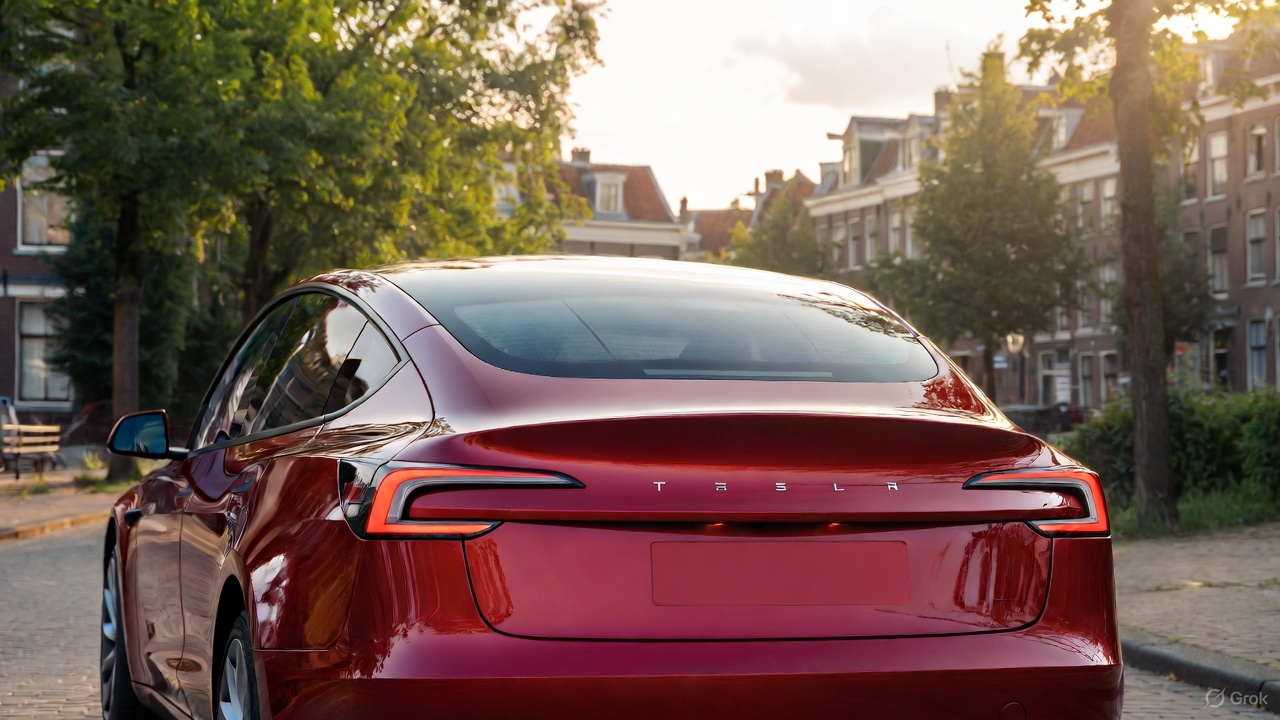
The Dutch vehicle authority RDW responded to Tesla’s recent updates about its efforts to bring Full Self-Driving (Supervised) in Europe, confirming that February 2026 remains the target month for Tesla to demonstrate regulatory compliance.
While acknowledging the tentative schedule with Tesla, the regulator emphasized that safety, not public pressure, will decide whether FSD receives authorization for use in Europe.
RDW confirms 2026 target, warns Feb 2026 timeline is not guaranteed
In its response, which was posted on its official website, the RDW clarified that it does not disclose details about ongoing manufacturer applications due to competitive sensitivity. However, the agency confirmed that both parties have agreed on a February 2026 window during which Tesla is expected to show that FSD (Supervised) can meet required safety and compliance standards. Whether Tesla can satisfy those conditions within the timeline “remains to be seen,” RDW added.
RDW also directly addressed Tesla’s social media request encouraging drivers to contact the regulator to express support. While thanking those who already reached out, RDW asked the public to stop contacting them, noting these messages burden customer-service resources and have no influence on the approval process.
“In the message on X, Tesla calls on Tesla drivers to thank the RDW and to express their enthusiasm about this planning to us by contacting us. We thank everyone who has already done so, and would like to ask everyone not to contact us about this. It takes up unnecessary time for our customer service. Moreover, this will have no influence on whether or not the planning is met,” the RDW wrote.
The RDW shares insights on EU approval requirements
The RDW further outlined how new technology enters the European market when no existing legislation directly covers it. Under EU Regulation 2018/858, a manufacturer may seek an exemption for unregulated features such as advanced driver assistance systems. The process requires a Member State, in this case the Netherlands, to submit a formal request to the European Commission on the manufacturer’s behalf.
Approval then moves to a committee vote. A majority in favor would grant EU-wide authorization, allowing the technology across all Member States. If the vote fails, the exemption is valid only within the Netherlands, and individual countries must decide whether to accept it independently.
Before any exemption request can be filed, Tesla must complete a comprehensive type-approval process with the RDW, including controlled on-road testing. Provided that FSD Supervised passes these regulatory evaluations, the exemption could be submitted for broader EU consideration.








